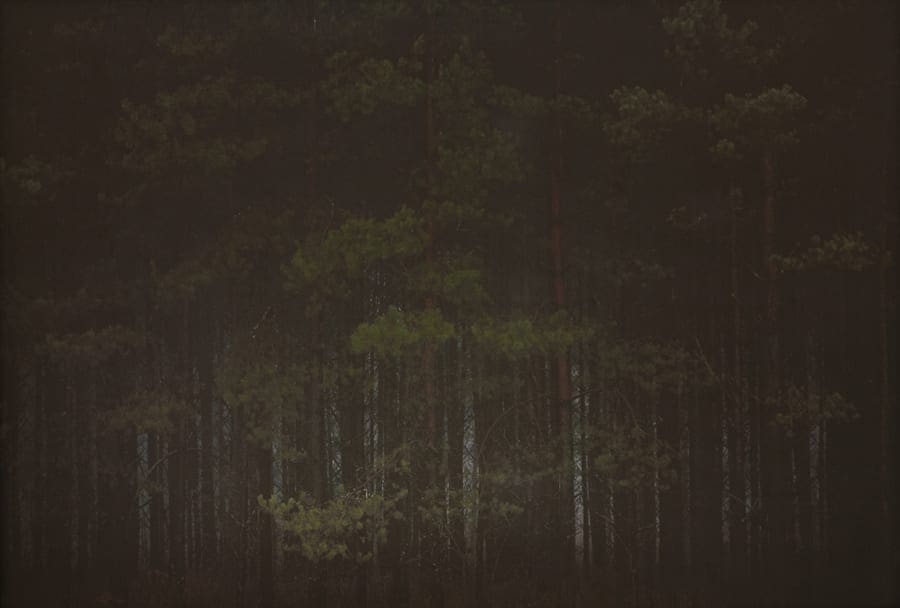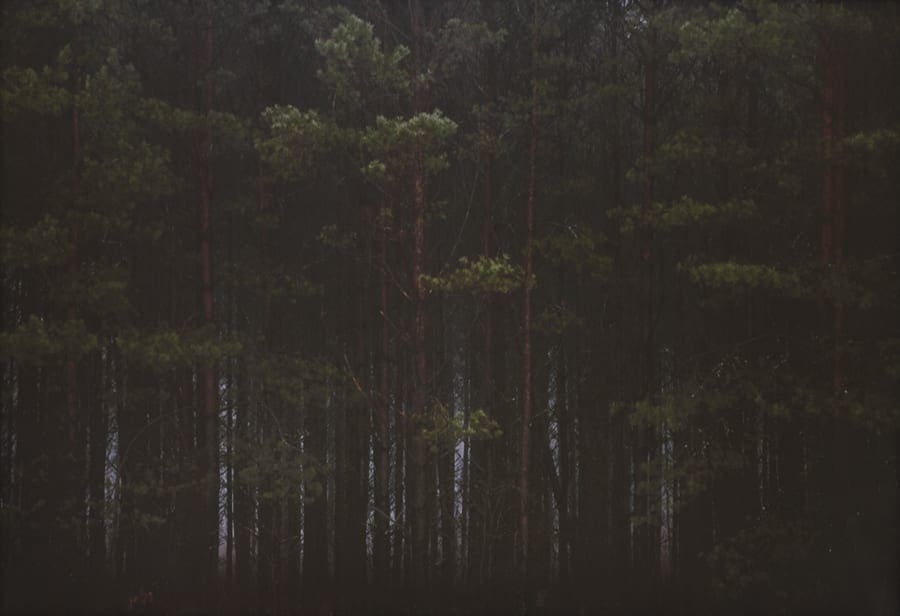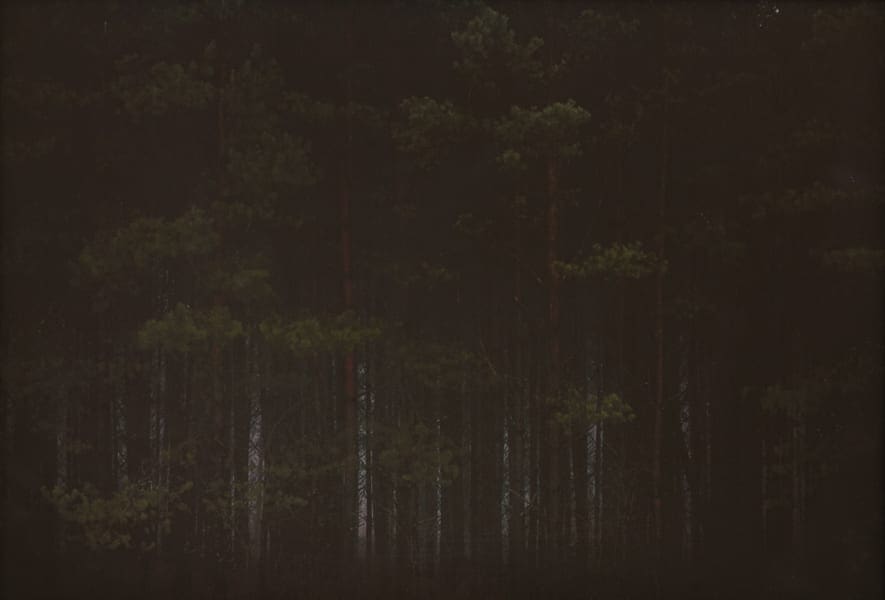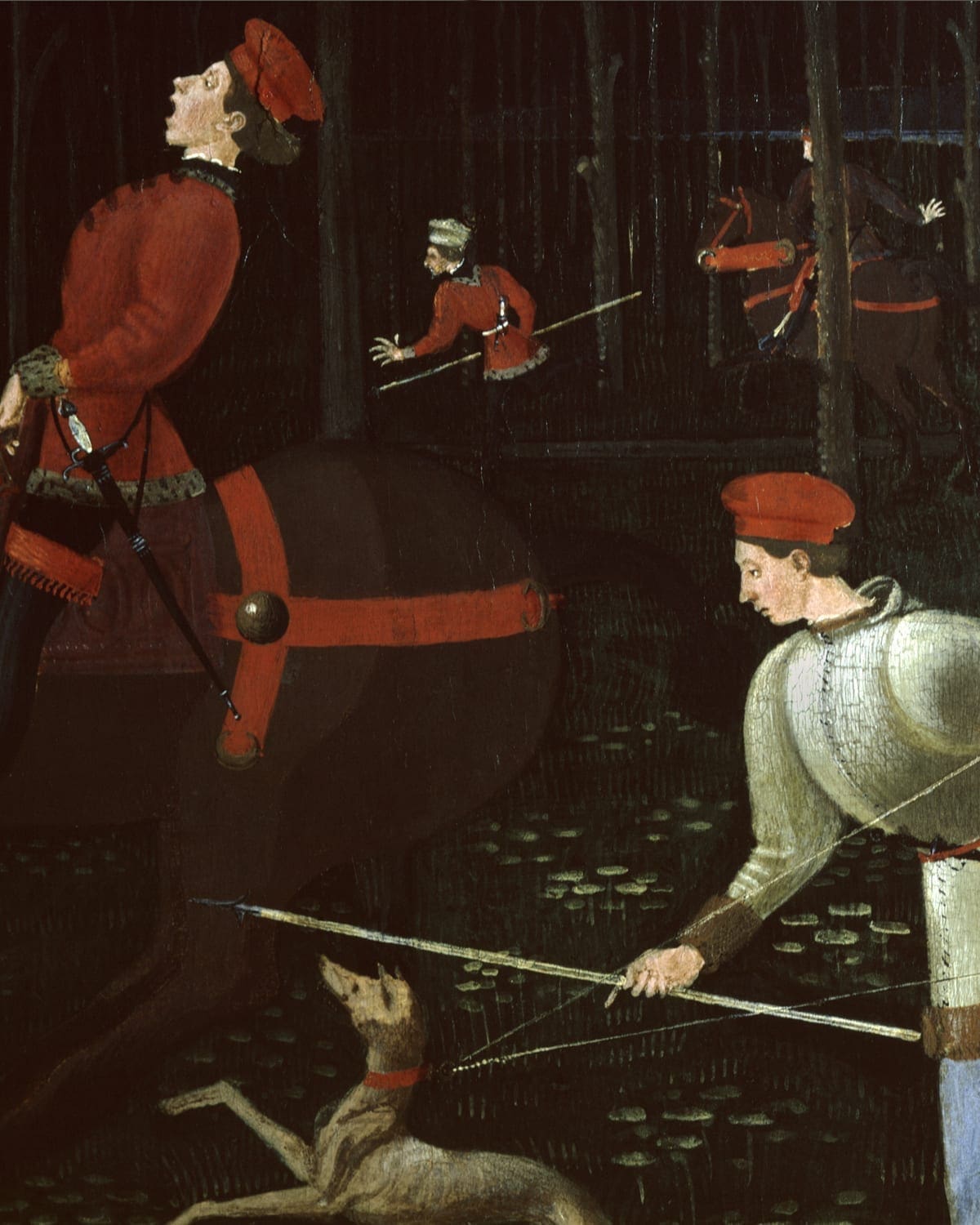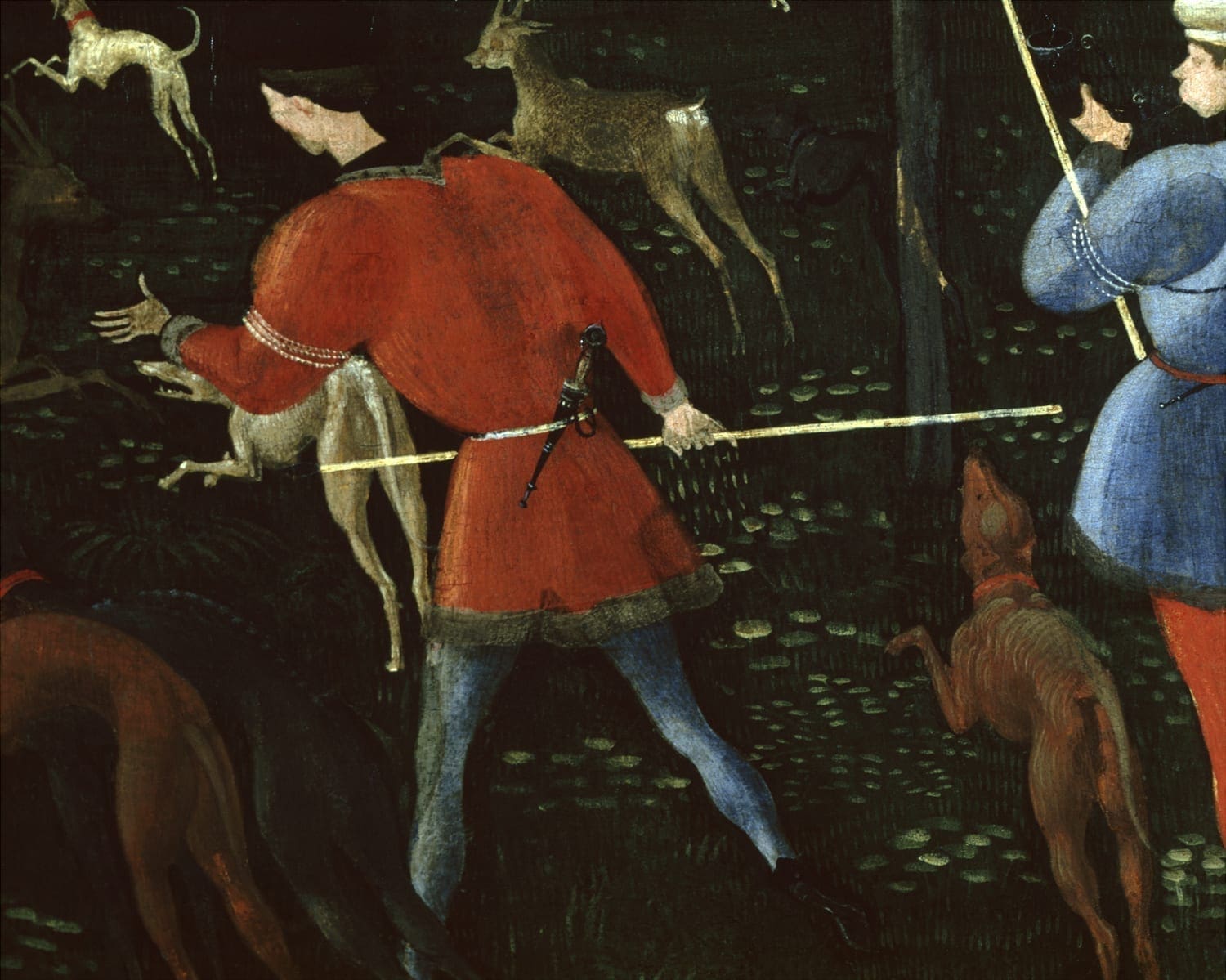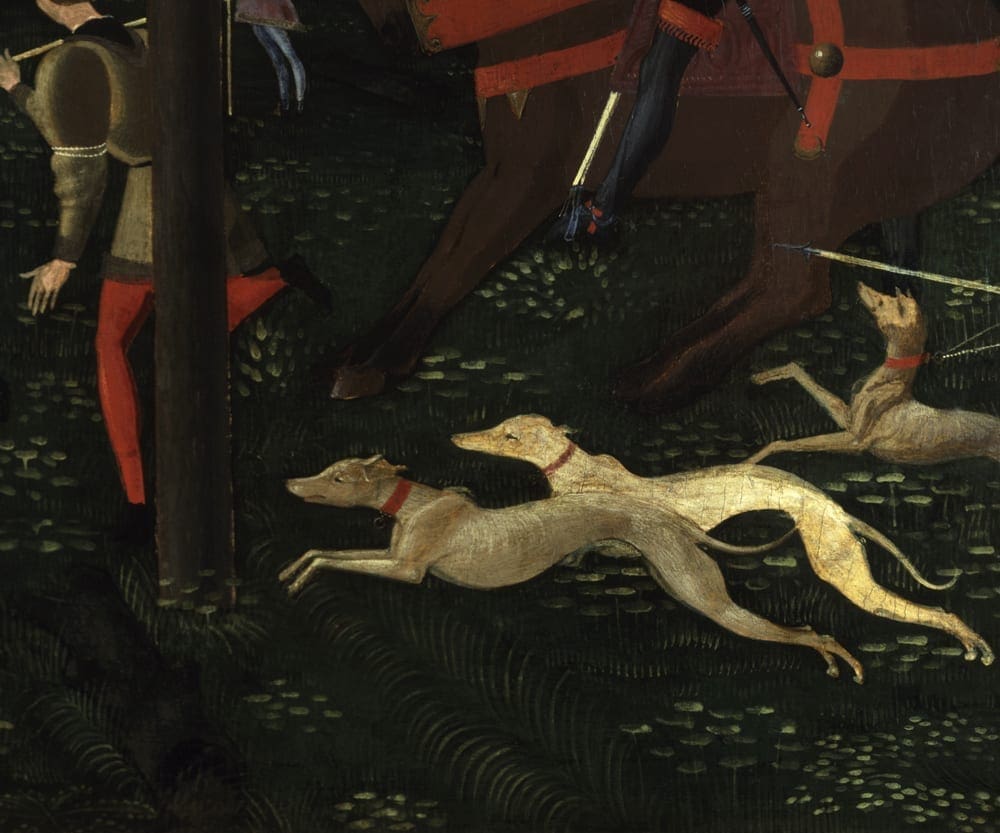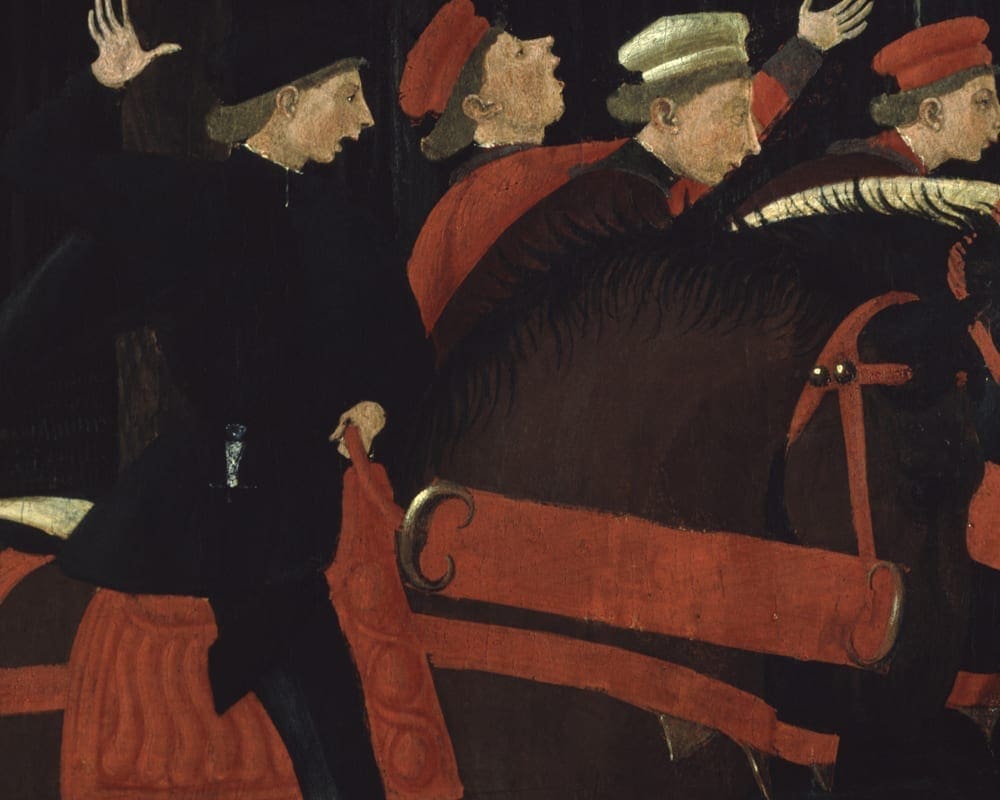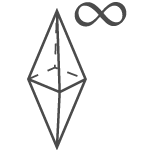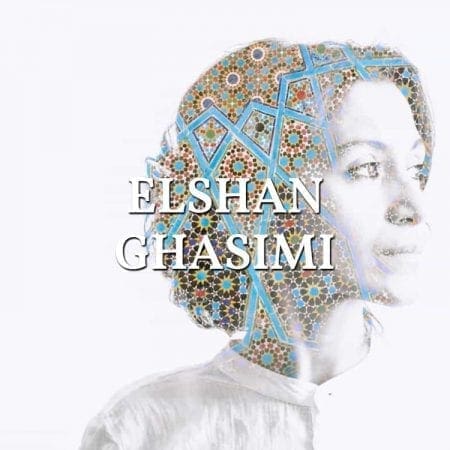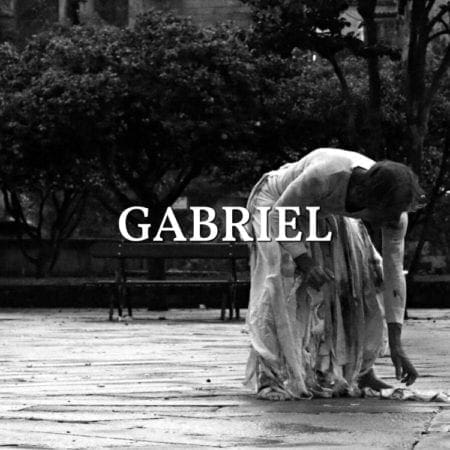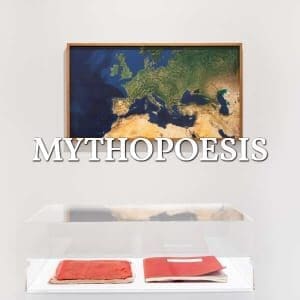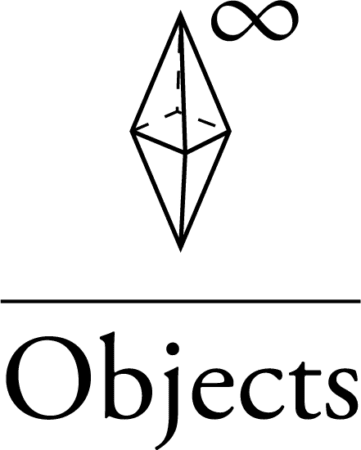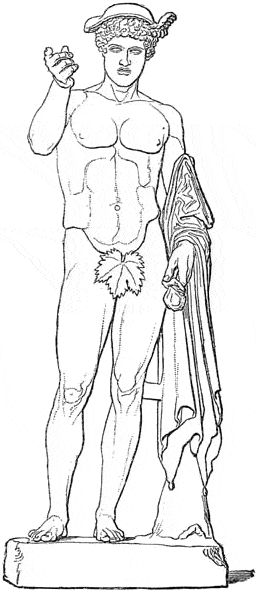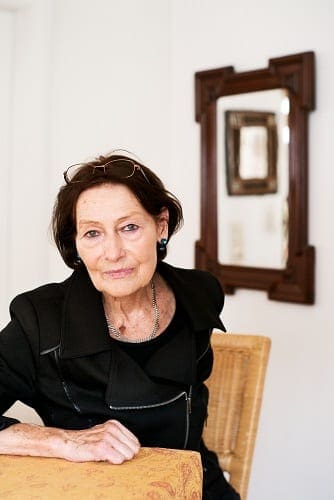Michal Martychowiec
Michal Martychowiec (1987) ist ein zeitgenössischer Künstler. Er pendelt meist zwischen Berlin und China.
Martychowiecs Arbeit, die meist in größeren Serien ausgelegt ist, drehen sich stets hermeneutisch um ein erweitertes Thema. Einen sogenannten Diskurs. Sie umfasst beinahe alle Genres künstlerischen Ausdrucks. Je nach Fragestellung und Sujet nutzt er die Fotografie, schreibt, dreht und produziert Filme, Zeichnungen, Neons, gestaltet Objekte und Außenskulpturen bis hin zu ganzen Enviorments. Ein neues Spielfeld seiner Erfindung ist zudem die Neukreation von Avataren und anderen Personas.
Martychowiec studierte am Central Saint Martins College of Art and Design in London. Er schloss dieses mit Auszeichnung ab. Seitdem arbeitet er, neben seiner künstlerischen Tätigkeit, auch in der Lehre und Bildung. So ist er Gastdozent am Russischen Institut für Kunstgeschichte (Russische Akademie der Wissenschaften) in St. Petersburg und an der China Academy of Art in Hangzhou.
Martychowiecs künstlerisches Oeuvre ist wie bereits erwähnt, durch die Vielfältigkeit der genutzten Medien und Zugriffe gekennzeichnet. Diese zielen, um es in einem Satz zu umreißen, allesamt auf die Auslotung der Bedingung der Möglichkeiten menschlicher Existenz. Sein Denken kreist um Geschichte, die Erfindung und Autopoesis historischer Narrative und kommt so zu einer Ergründung und auch gelegentlich zur komischen Neu(be)setzung kultureller Symbole und Archetypen.
Seine Erfindungen speisen sich vornehmlich aus okzidentaler und orientaler Philosophie, der Anthropologie, Kunst- und Kulturgeschichte, universalhistorischen Überlegungen, der Religionsgeschichte, der Literatur, der Archäologie und selbstverständlich unserer zeitgenössischen Kultur und Kommunikationsanalyse.
Die Quellen dieser individuellen und aus dem Rahmen fallenden Praxis machen Martychowiec ebenso zu einem Künstler wie zu einem Intellektuellen klassischer Prägart.
Die Zusammenarbeit von Bublitz und Martychowiec begann im Sommer 2016 zum Anlass der gemeinsamen Ausstellung Engel mit Sphinx Gesichten.
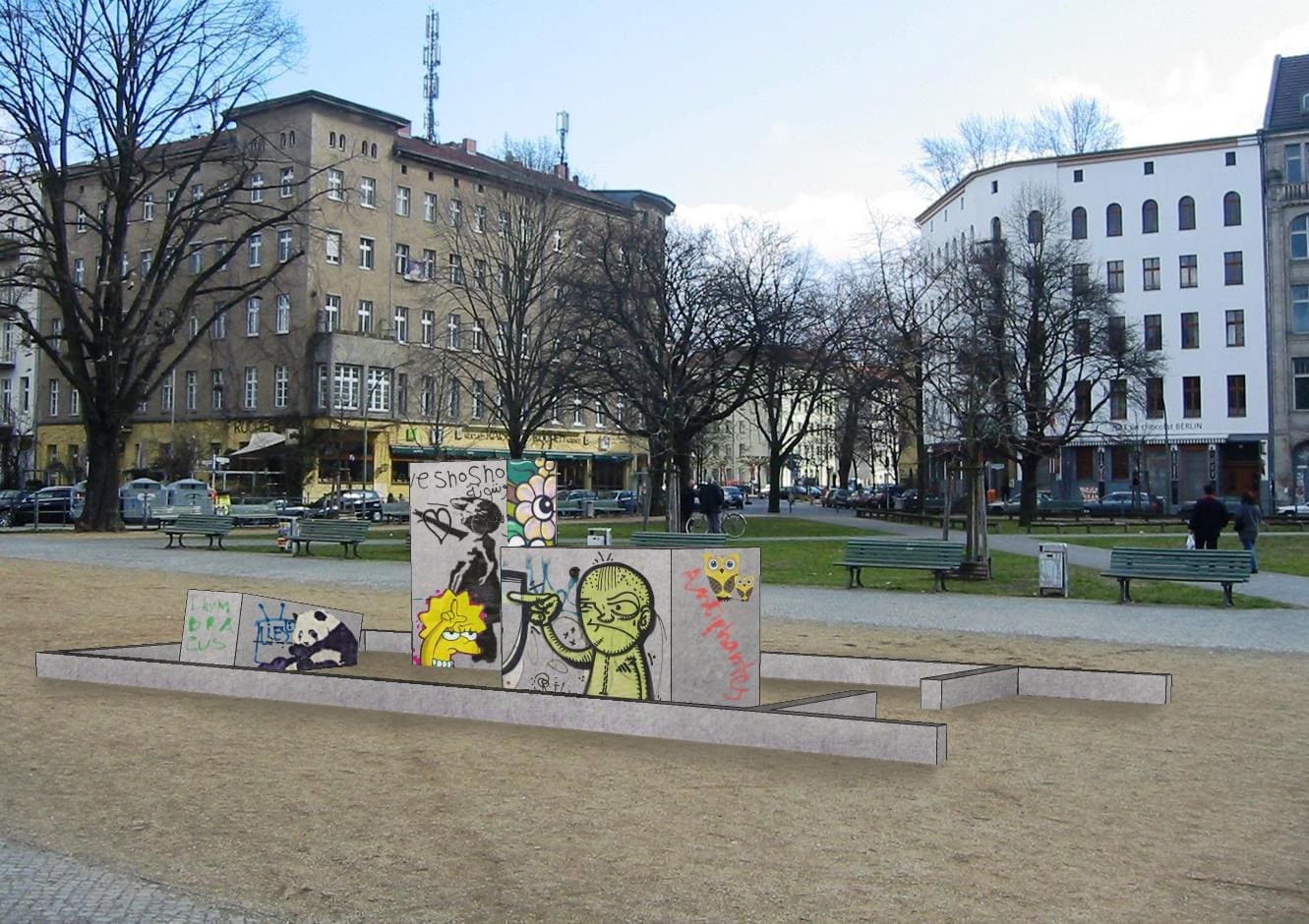



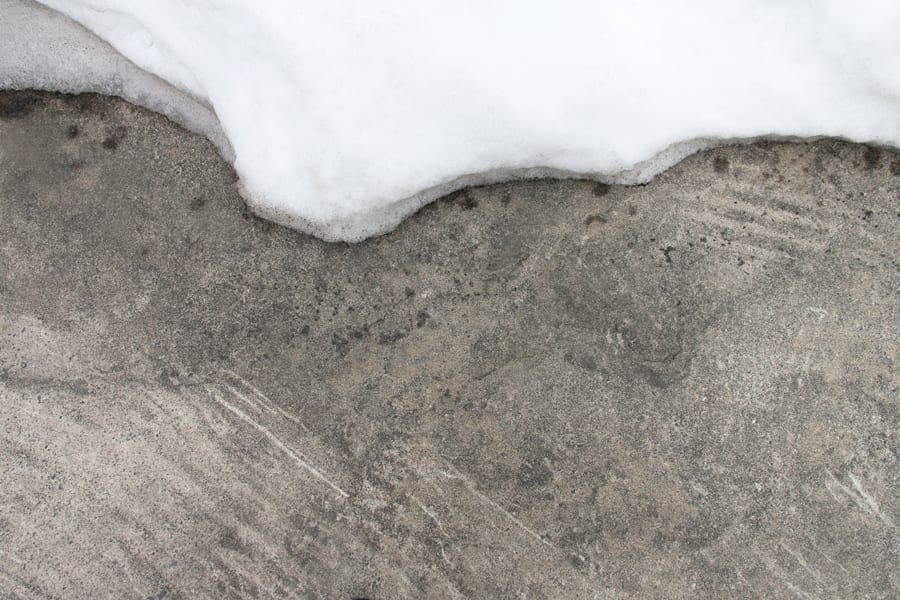
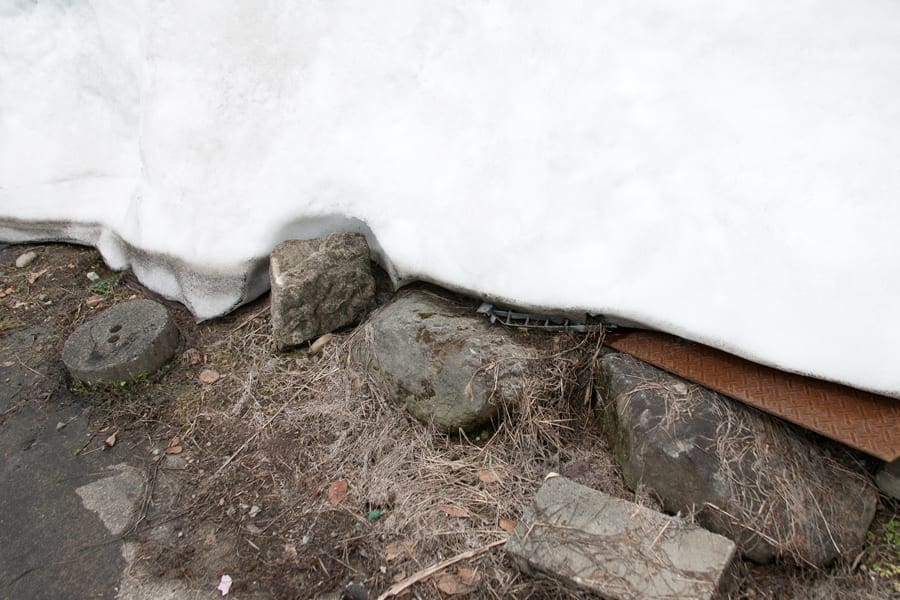


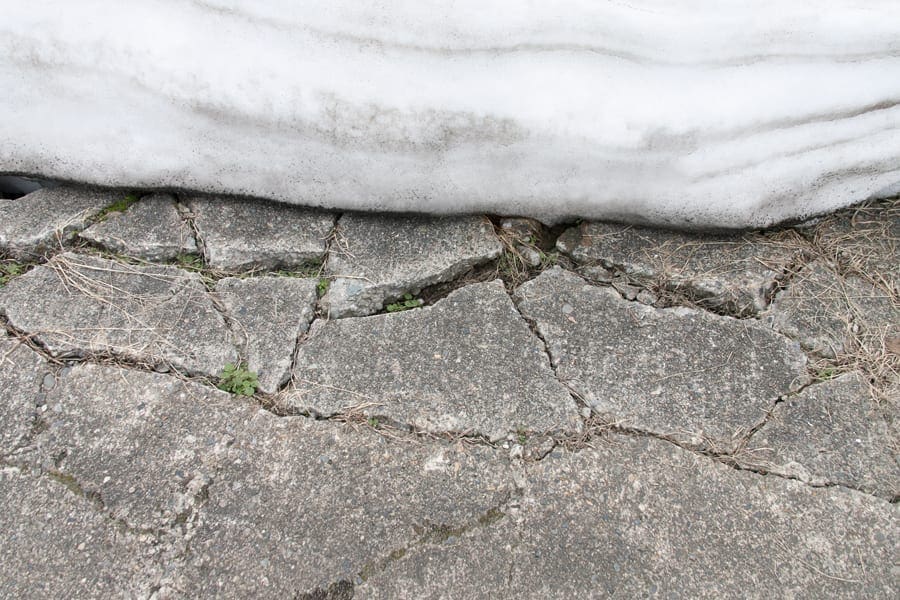


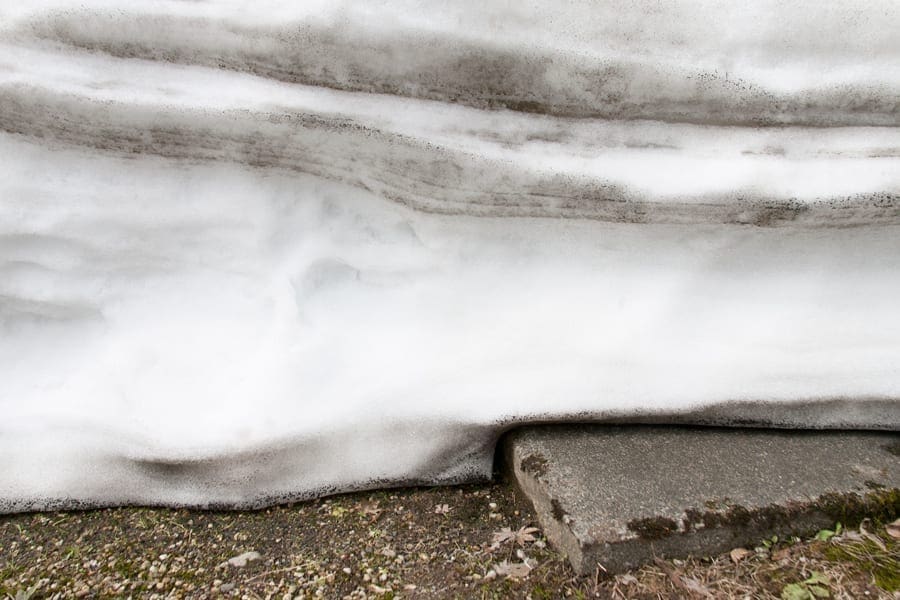

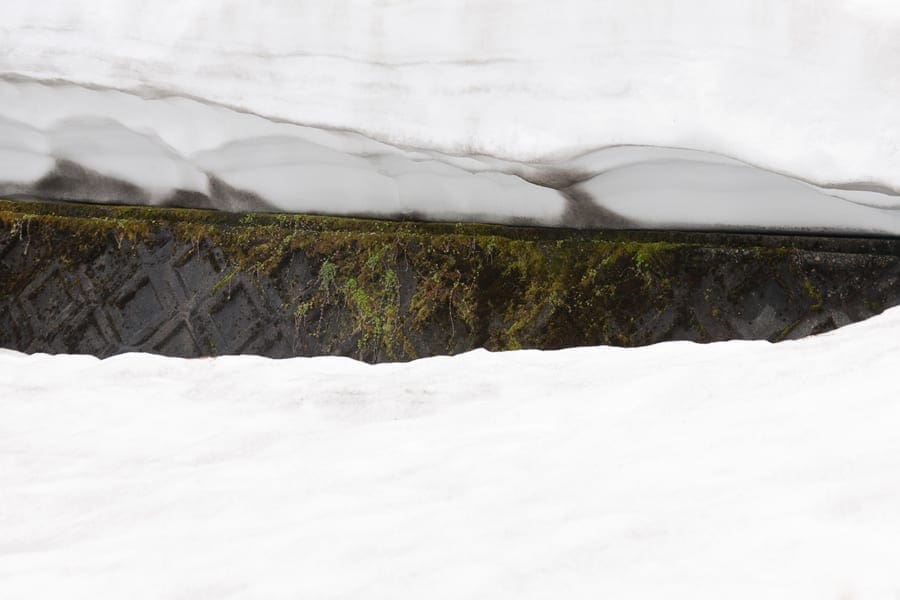

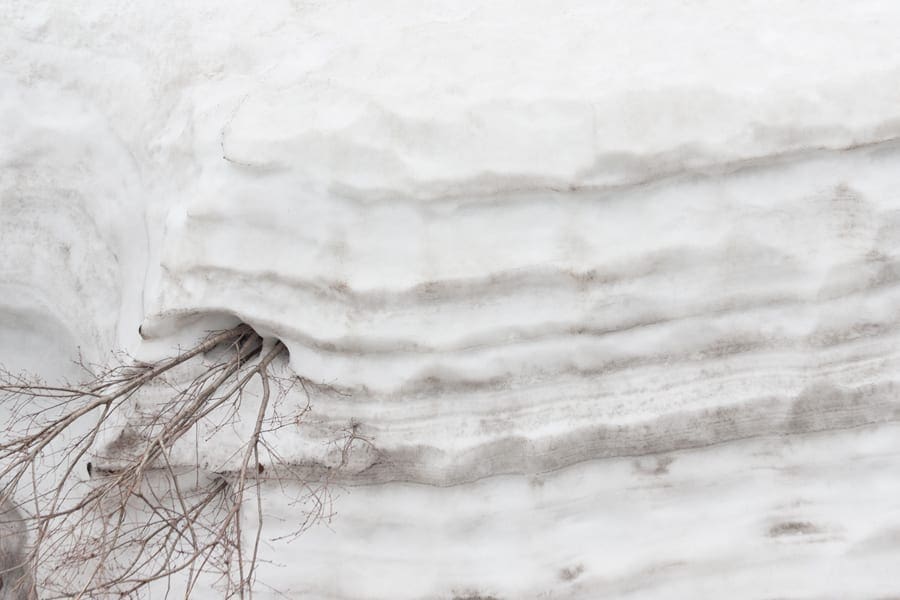
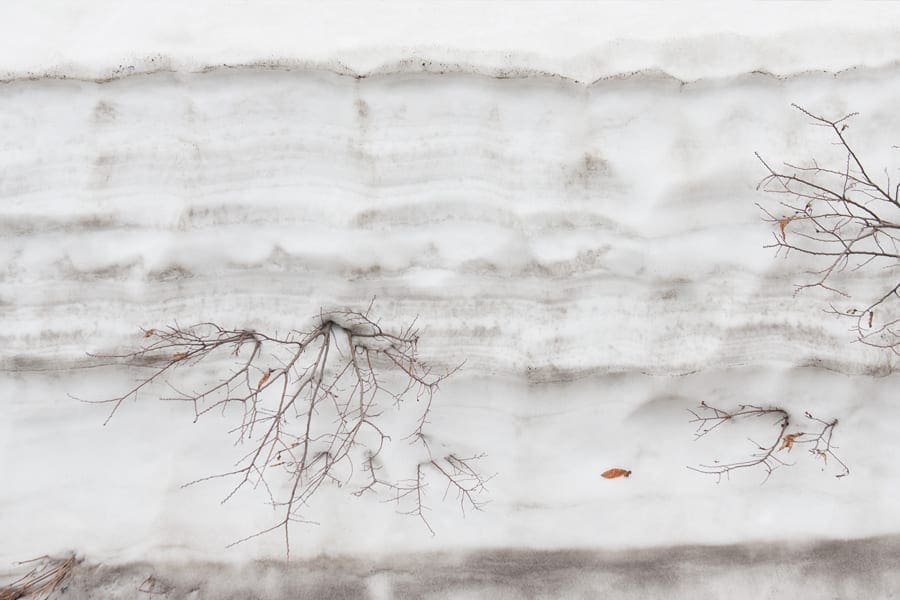
Laocoön
Laocoön Group installation is a structure resembling ruins of a house, a Christian hermitage or a Greek distylos (treasury): inside a contour (of a building) a spatial composition of 3 geometrical blocks.
Every spring the nature of Niigata mountains presents an unusual spectacle – a deep layer of snow slowly uncovers the world, as if an ending Ice Age. And for this reason, one of the versions of the Laocoön Group is to be placed in such context. The imaginary ruins are to provoke a phenomenon of a kind of archaeological discovery.
Laocoön Group borrows its title from the iconic sculpture now kept at the Vatican Museum. Its background is covered in mystery – it’s been undecided whether it’s an original or a copy, the story it is based on (priest Laocoön pays with his life for an attempt of uncovering the truth) is now lost too.
Such references to the unknown set a parallel for different contexts into which the installation is placed, each forming an individual metaphor of mystery, understood not as something mysterious, but as a form of a practice where the truth is uncovered.
‘What do we know of King Salomon?’ – asks the teacher in Tadeusz Kantor’s Dead Class. ‘We know nothing’ answers student’s phantom. Likewise, what do we know of priest Laocoön? How far our understanding and knowledge of history – both general and local – reaches and where do mythology and imagination begin?
The covering and uncovering are metaphorical and as such not only limited to the physical, but also to the very layering of culture. Laocoön Group is known under the name of the father, but the true tragedy, one could say, lays at the part of his children: Antiphantes and Thymbraeus. Placed in the context of the city, Laocoön Group is not covered in moss or algae, but rather the two names of the unknown sons have been sprayed on by the artist, in the ‘act of vandalism’ gently bringing back history. What follows is created by the local inhabitants.
Within the other settings, with more or less frequency the world emerges from underneath the snow or underneath the water and together with it a mysterious structure dedicated to what is lost, forgotten and unknown.
3 of its elements become supposed representations of the priest and his young sons – memory of the people and events having supposedly existed kept in this long lost treasury.
– 2013




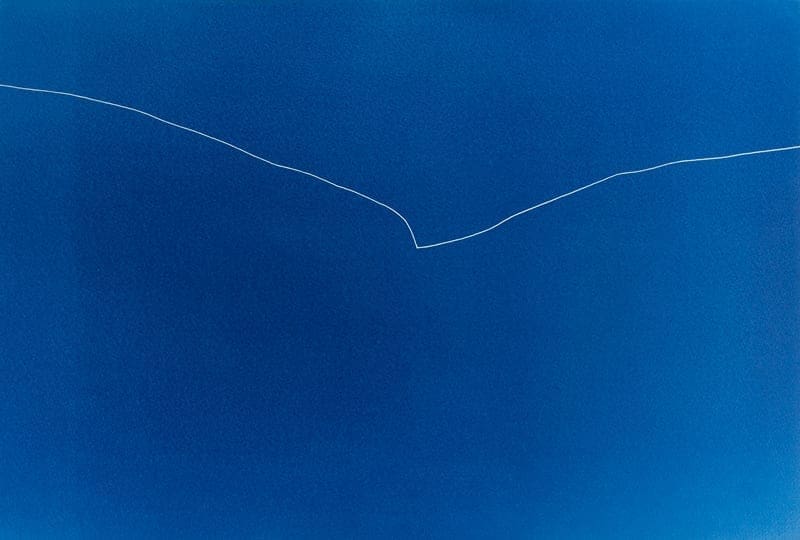
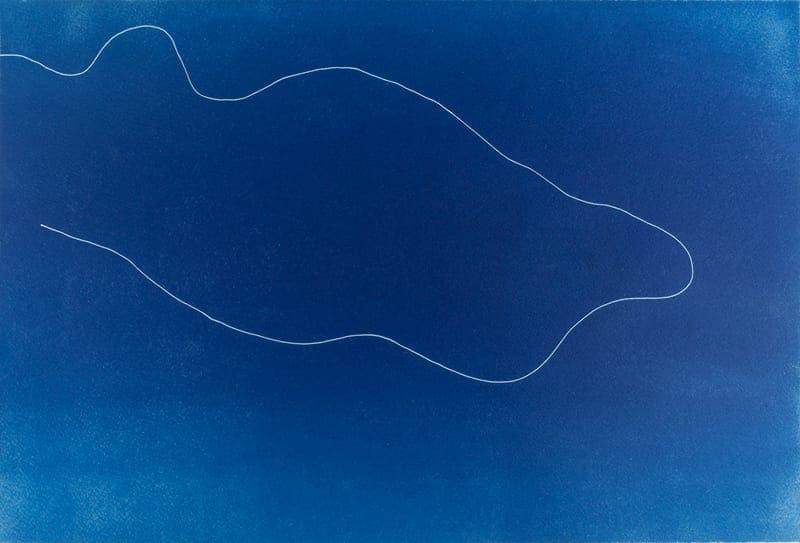



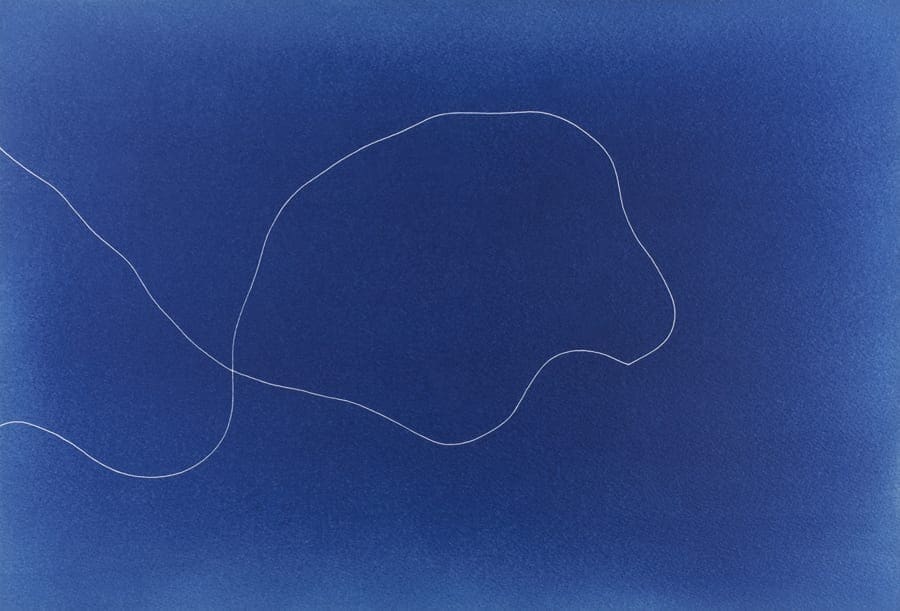

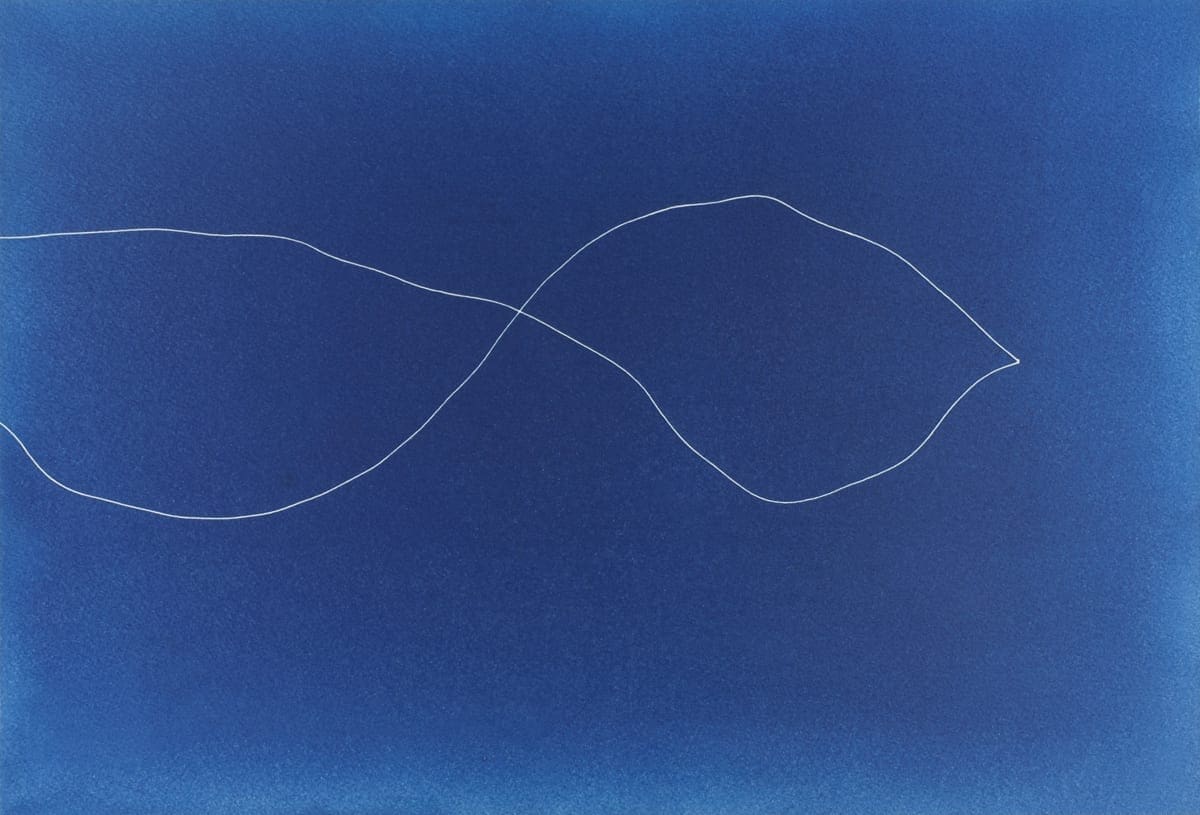
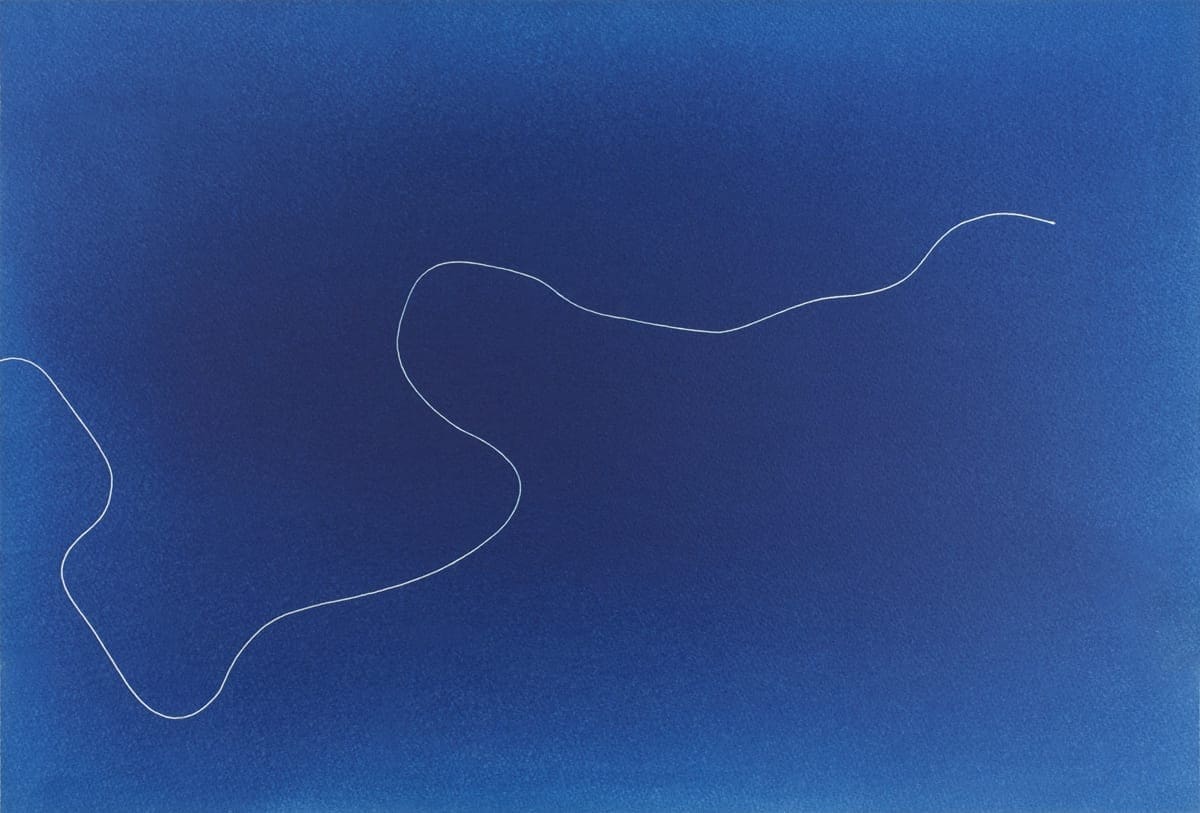

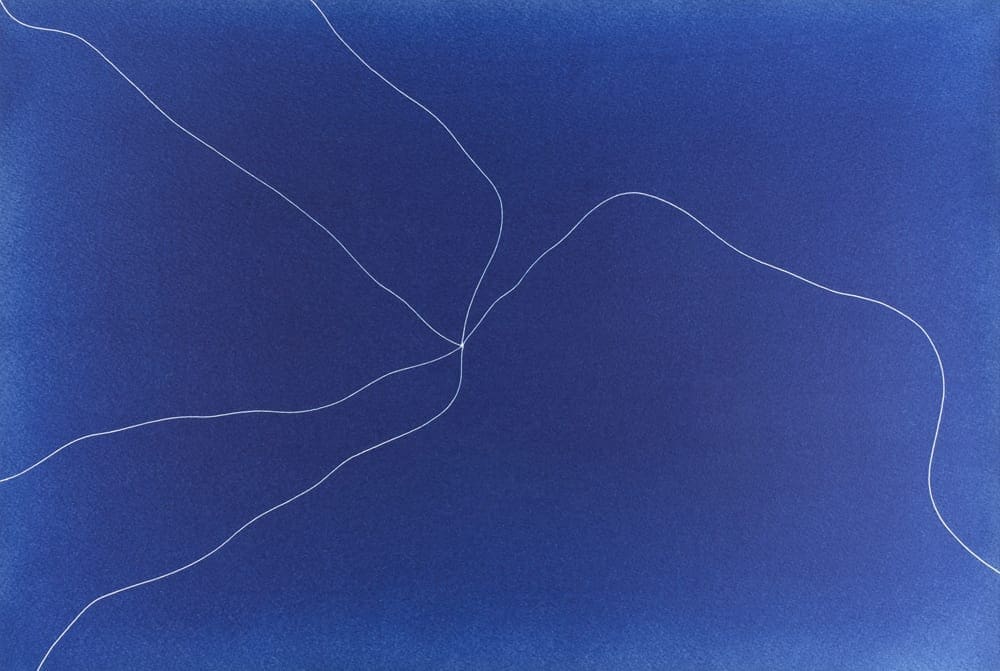
The beginning the end
The beginning the end is part of a trilogy oscillating around the symbol of the thread and whatever else it may imply: line, writing, border.
This series of works endeavours playfully into an ironic game of perception (at the same time venturing into the more serious existential subject).
Thus, to some, an image is perceived from the left to the right, the same way as the Westerners read. To others, on the contrary, from the right to the left (the same way they read). The beginning and the end become inseparable notions: ‘To conceive all, the separations should be abandoned’ (Lao Tzu).
A photogram image of a thread becomes a line for the gaze to follow, like the thread of Ariadne or the one controlled by the three Moirai. What occurs is that whether the side of a thread visible in the works is the beginning of it or the end is irrelevant, what matters is since we cannot grasp control over both sides, we cannot control the symbolic destiny. And so the only two things in our lives we have no control of: the begging and the end.
Meanwhile, the blue of the cyanotypes is not a random choice here, it is the most immaterial of all colours. And a negative print of the thread, i.e. of an existential symbol, produces, in fact, nothing – in this case, blank paper.
This white empty trail leads the eye, which thanks to it experiences what is supposedly the background (the blue), but at the same time something that this empty existence defines.
Of course, blue is just a colour. What matters is, how far can you see…
On the floor a stack of grey ash. ‘Dust to dust’, or translating literally: from ash you raise, into ash you turn.
– 2010
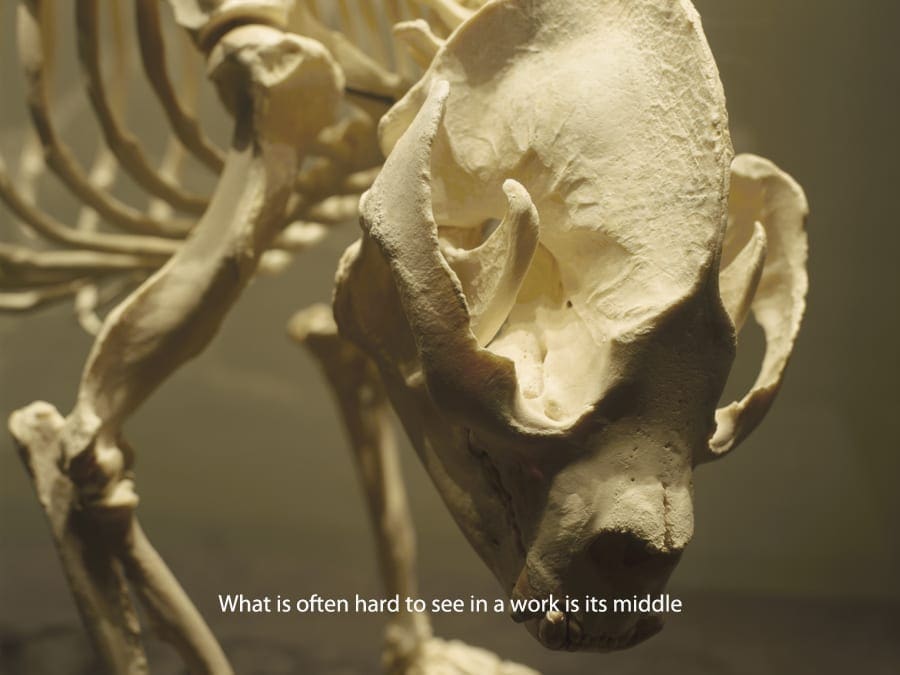

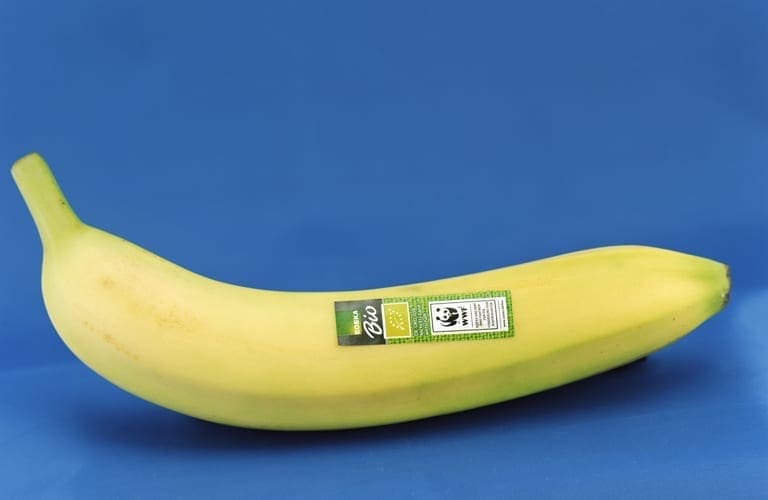


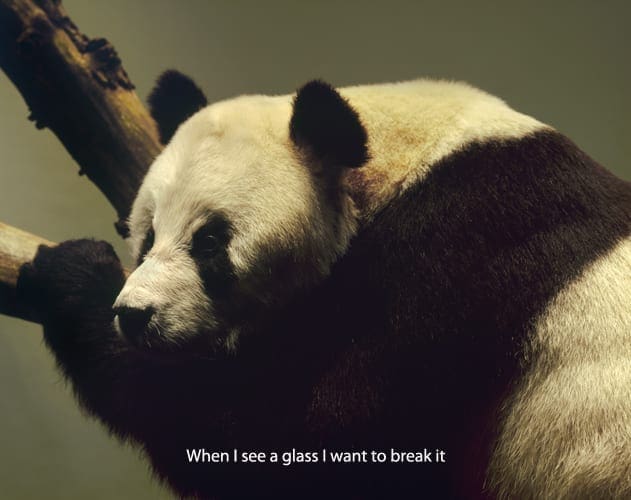
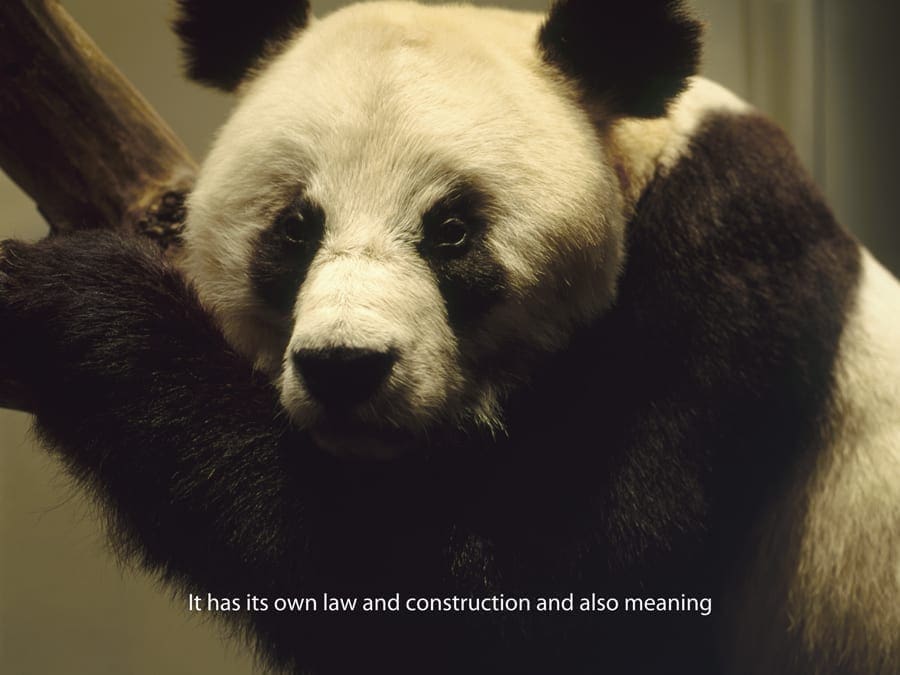
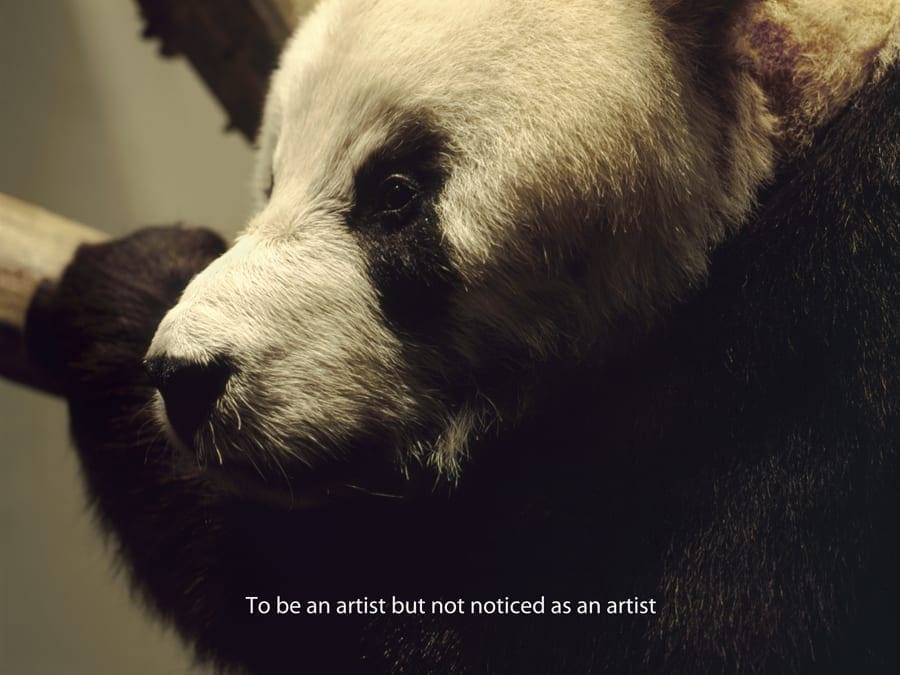
Everything about the contemporary is panda
This project is utilising various symbols with emphasis on the panda which functions on several levels and throughout many different areas of human activity: politics, culture, conservation, ecology and then again as a sort of idol. The panda also symbolises the contemporary man, following Ortega y Gasset:
‘a satisfied little man’.
The panda is the most reappearing element, as it follows modes of existence of the spectator and most importantly pivotal moments of art history, whereas the other elements become interwoven comments on contemporary human conditions. This project is in a very direct discourse to two other bodies of work: The incredulity of St Thomas (where Thomas becomes a somewhat symbol of the spectator) and Do you believe in art? (where the rabbit Josephine becomes an existential symbol opposing the panda). The mentioned actors of the projects represent these different modes of existence and they are meant to be understood as symbols. The two symbols operated with in this project are:
1. The panda is a degenerated creature (we want to keep the good times even though they are gone) –
following Robert Lifton and Ortega y Gasset.
2. Marcel Duchamp. He is a 20th-century artist and professional chess player.
This project is about the interconnection between belief (faith) and freedom. The readymade, the choice of the frame made by the artist, and since recently also the spectator, are ideas (in a platonic structural sense) one can reflect upon.
– 2016
I was a Chinese artist for a day
I was a Chinese artist for a day is the first work in this ongoing project investigating the subject of the status from various perspectives of identity. There are many topics in question here: the matter of the institution of the museum and its role in shaping historic validity, human conception of the future, the insatiability of the markets, valuation of art, power of the state and last but not least the role of the artist.
Through the first gesture of this narrative the artist acquires a fictional and questionable identity. It allows him, in a metaphorical way, to traverse borders and his own limits in a way which is only available through the artistic act.
The large format self-portrait presents the artist proudly stating his affiliation even if for a day (I was Chinese artist for a day). He appears here perhaps like a sort of activist, even though the details make him look more an exemplary user of a social media platform (the green is unrealistic and as such becomes an exemplary colour constructing visual identity, alike to the Facebook’s use of blue). This brings in question the subjects of the contemporary human evaluation, creation of virtual identities, social control, and thus the matter of individual freedom.
This work further investigates the artist’s status through his mode of affiliation and on the other hand through the dramatic pursuit of freedom, which is the condition of the romantic model of the artistic existence (in turn only possible through the act of abolishing any forms of affiliation). Here, the national identity becomes invalid in a twofold way: through it being aestheticized (turned into a work of art) and through the validity date on the fabricated document (i.e. the id card had expired before it reached the artist). In this sense, this work hints towards the subject of national identity from the perspective of it being already history.
– 2016

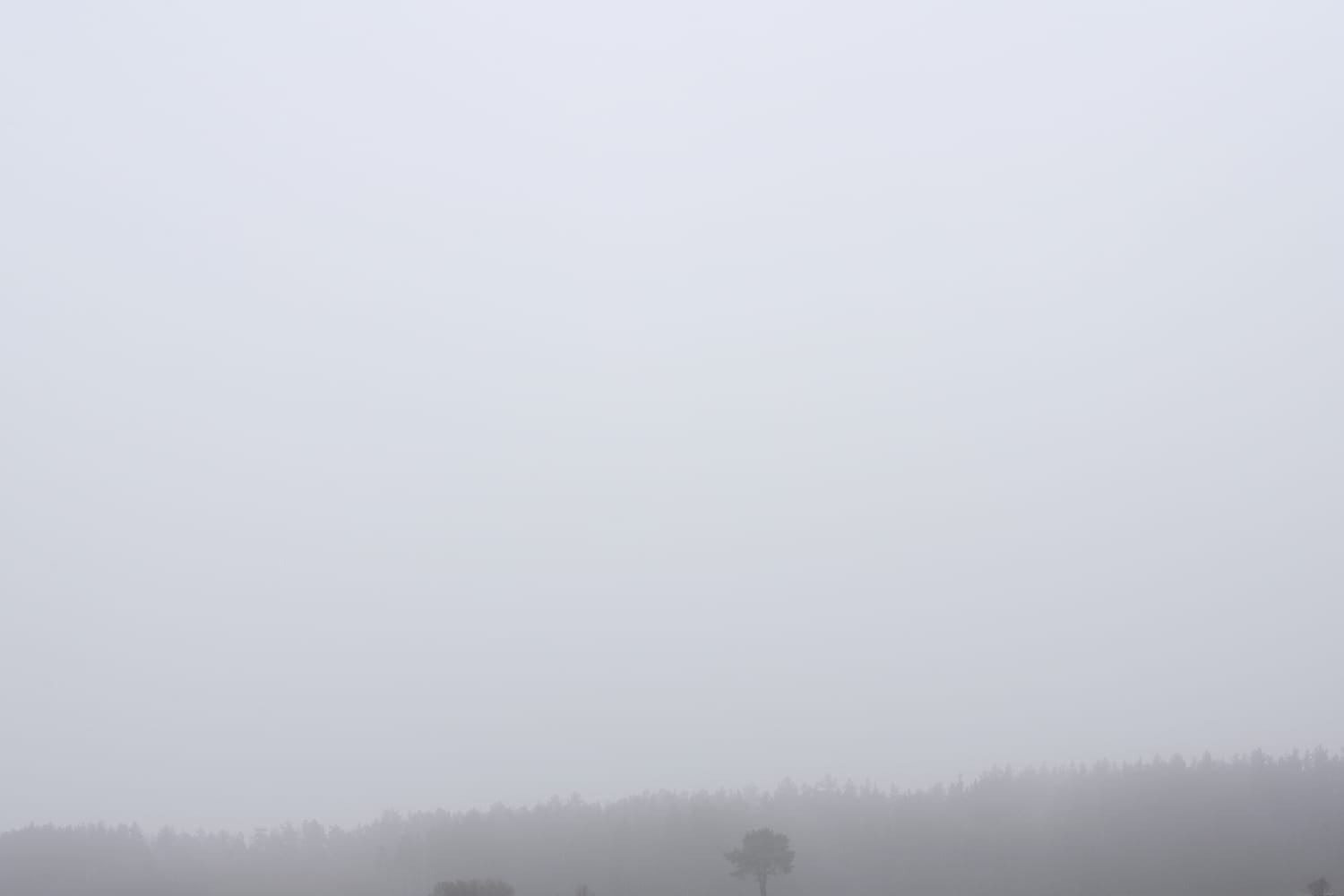
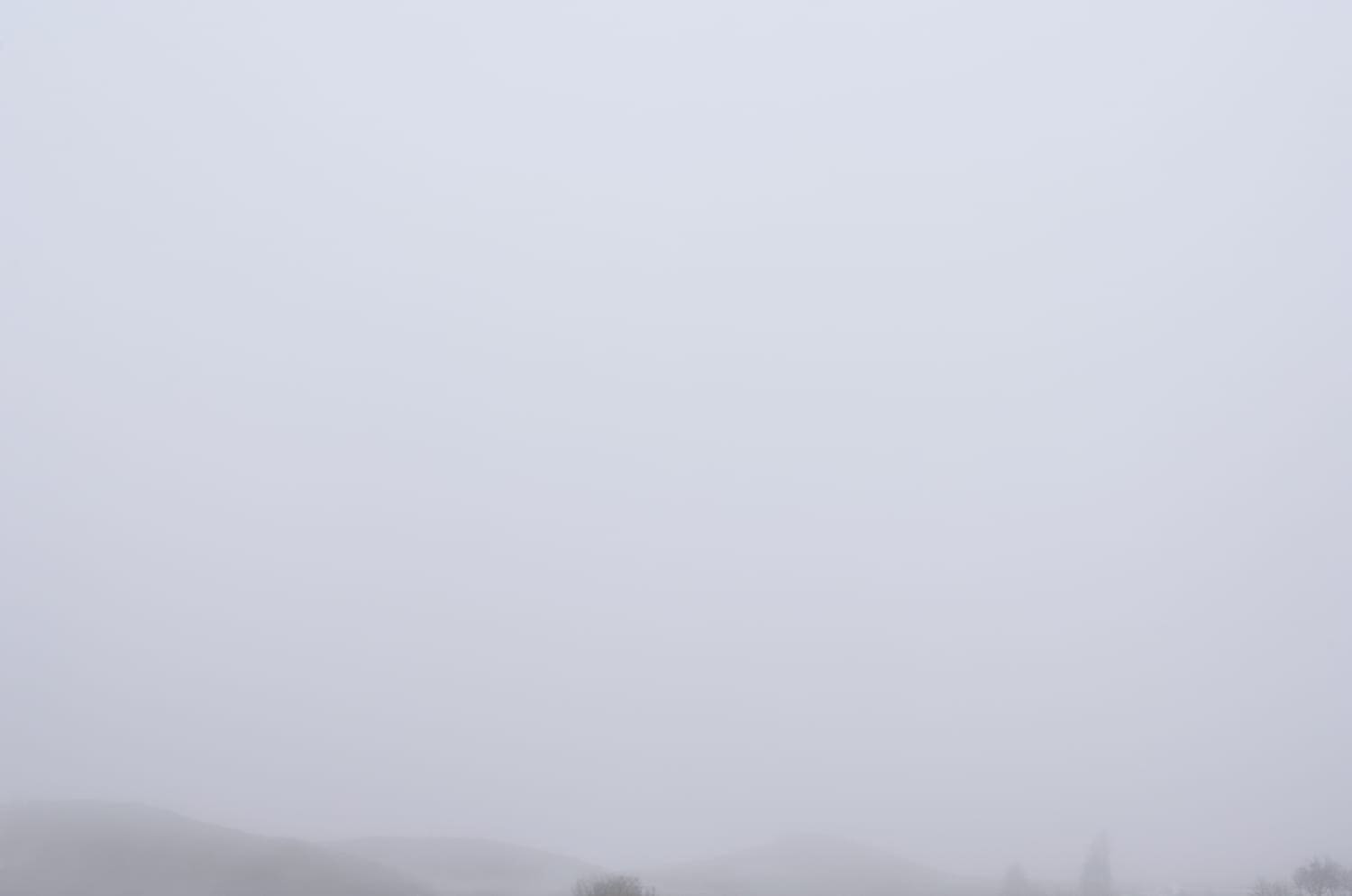
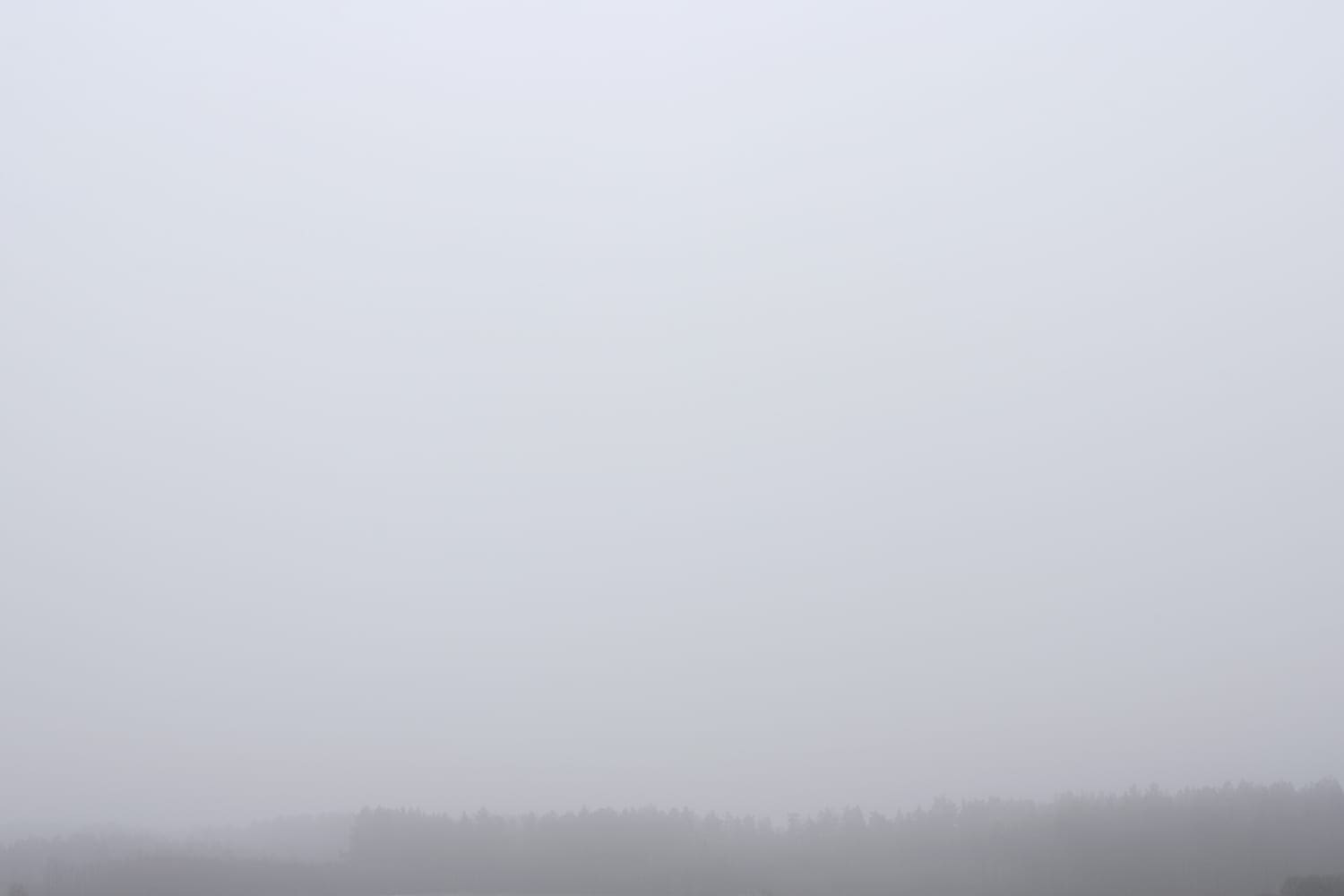

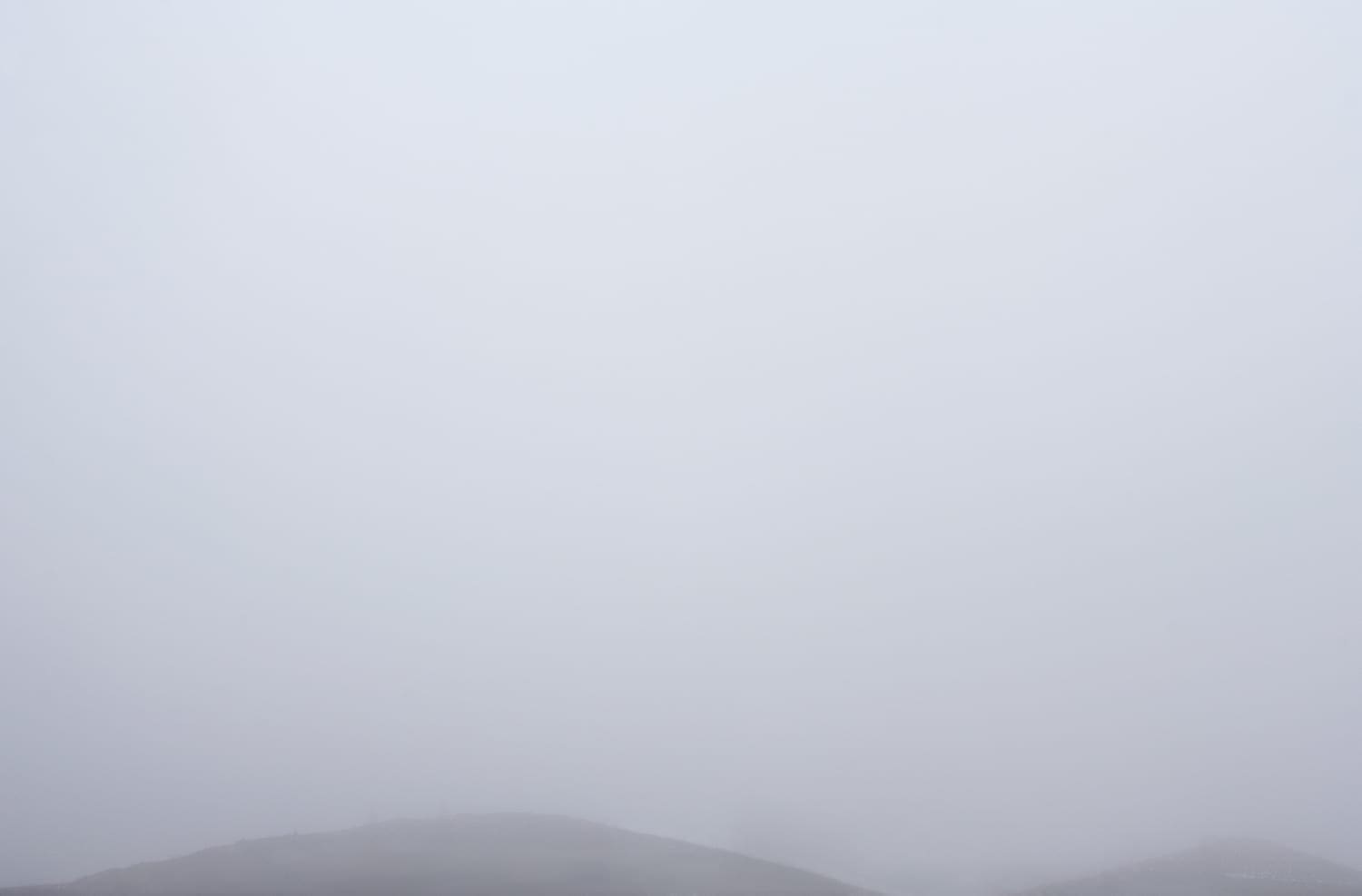
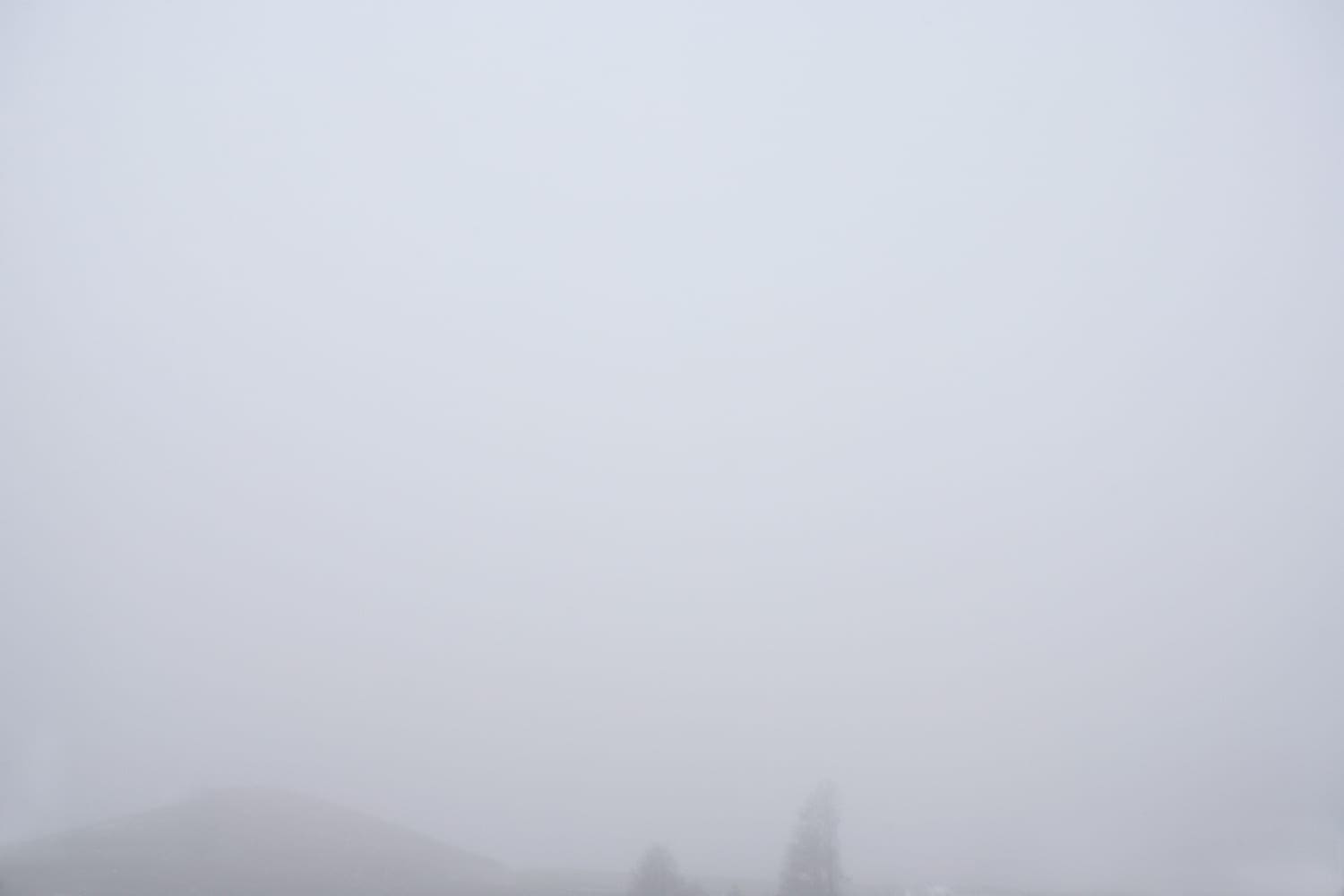
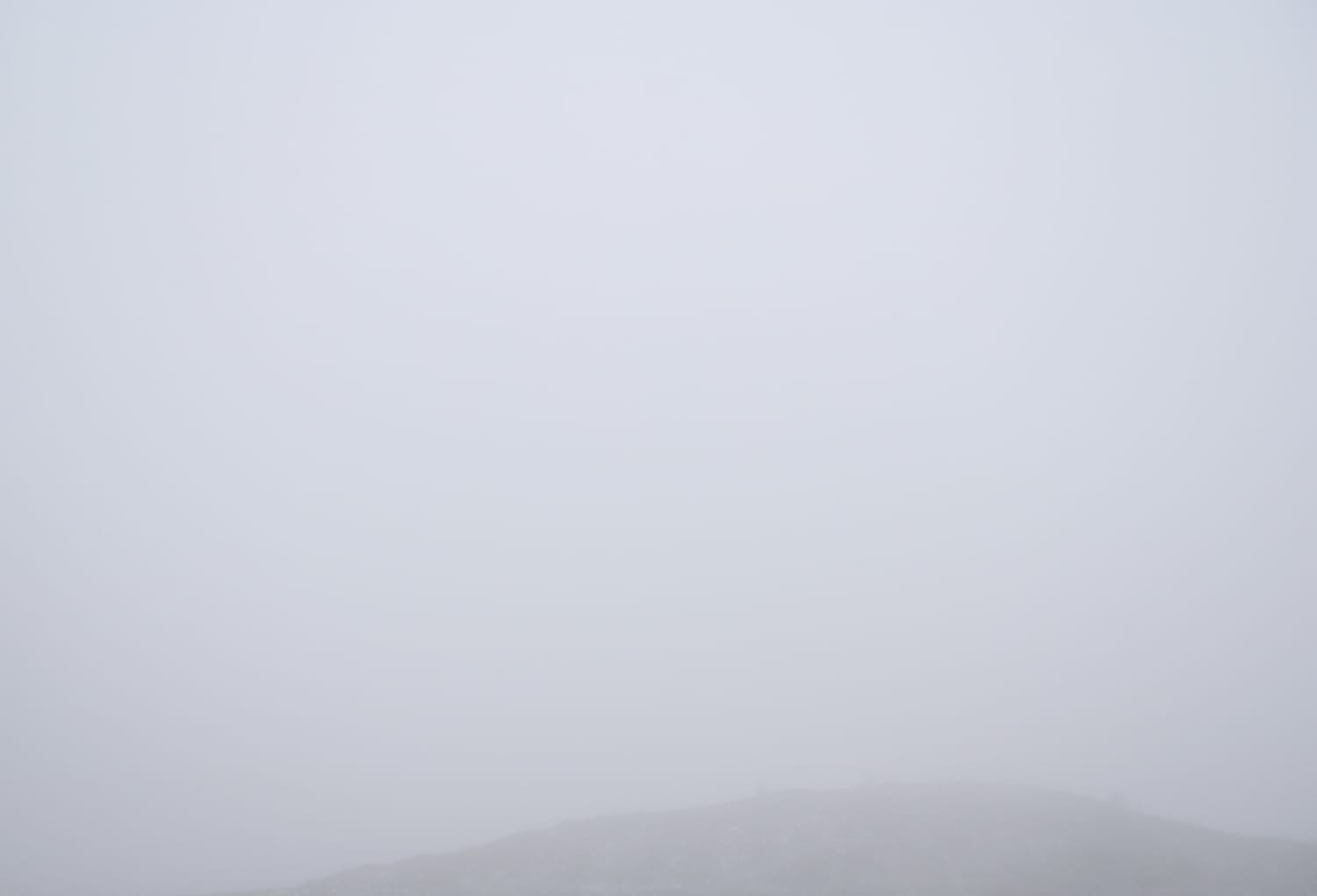
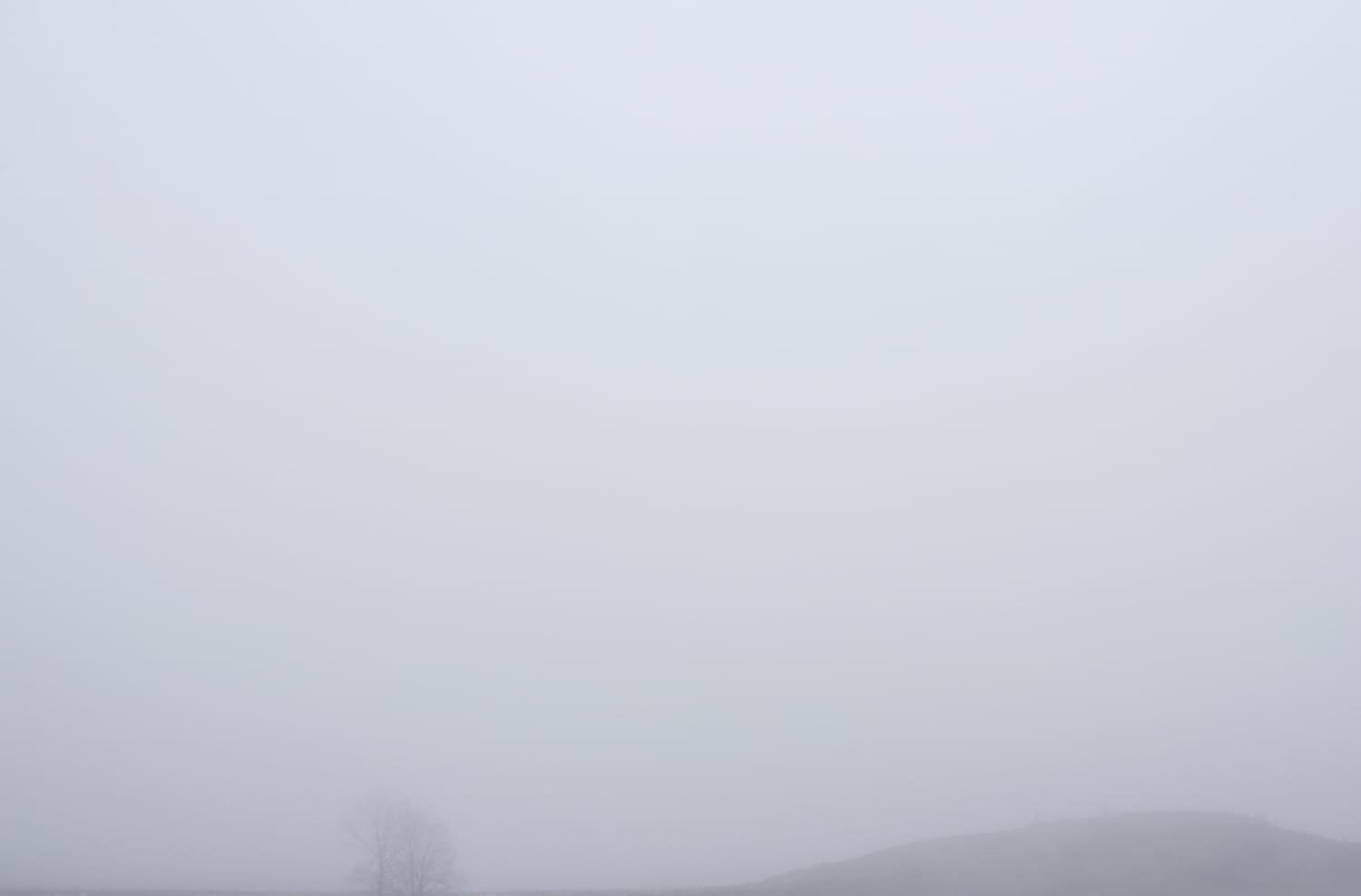
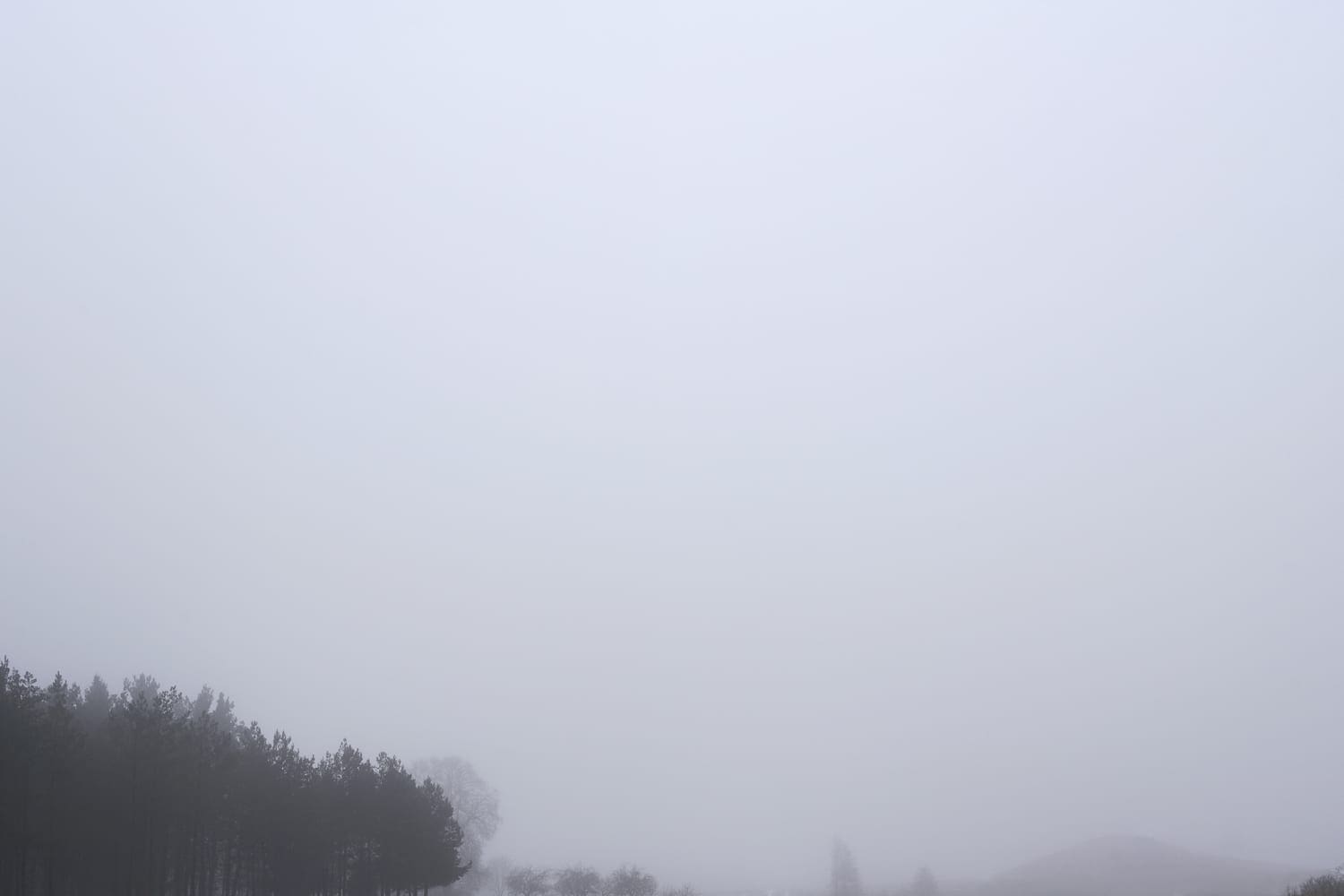
Destination
In the middle of the journey of our life
I came to myself within a dark wood
where the straight way was lost.
-D.Alighieri
The series Destination: The Magic Mountain and Heavenly coppice were created in a place where I used to spend many summers as a child.
Years had passed and I had only vague memories of the place: a house surrounded by impenetrable swamps from one and a forest from the other side. If one managed to go through the forest, suddenly from the shade, a landscape of open fields, burned with the sun, would appear. In a distance: a lonely mountain. Or so was my memory. After many years, one winter I returned to that place, where the wavering mists of memory were forced to deal with the harshness of reality, to cope with a time interval, with the imprecision and vagueness that filter and distort every detail, and even with the irresistible force of desire and will, arranging and rearranging fragments of memory, according to expectations that gradually matured in me.
On the way towards the mountain “I came to myself within a dark wood”. I looked into the paintings, images of my memory, for the path, either the exit or the entrance. Still hesitant whether I should pursue the three golden hounds like the golden fleece?
Destination: The Magic Mountain, borrowing its name from Thomas Mann’s novel, is a series which records the journey towards the mountain, towards my own identity and the destination of my very own existence. The path is not straight and simple, midway upon the journey, a forest arouses, bringing before me the images of memory, history, and imagination. Desires and expectations, far beyond from what one would be led to think, do not just influence the future that is before us, but also the past behind us. Memories become so elusive, like glowing embers’ heat which we ignore as much as their indefatigable vitality.
– 2009
